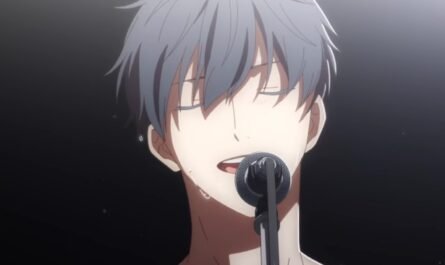Screened at the Cannes Film Festival
The so-called Holocaust, where Nazi Germany killed about 6 million Jews during World War II. Anne Frank, a Jew, escaped persecution as a target of the Nazis and lived in hiding in a hideout in Amsterdam, the Netherlands, for about two years—died of illness. After the war, Anne Frank’s father, Otto Frank, who survived the Holocaust, published a diary about Anne’s life as a hideout as “Anne’s Diary,” which is still read by many people worldwide.
Anne Frank is a person who symbolizes the Holocaust, and Holocaust education is often conducted in Europe, the United States, and Israel. It is also a must-read for elementary school students.
Anne Frank is also popular with men and women of all ages around the world. Anne Frank’s fans worldwide have posted a lot of black-and-white photographs of Anne at the time and photos of her visit to “Anne’s House” in Amsterdam on Instagram, which is popular with young people all over the world.
And Anne Frank’s life has been taken up and performed as the subject of works worldwide in movies, dramas, plays, anime, manga, etc., based on “The Diary of Anne Frank.” It is non-fiction that faithfully depicts Anne’s life.
In July 2021, the creative animated film “Where is Anne Frank?” Based on the story of Anne Frank was released at the Cannes Film Festival in France. The release in Japan is undecided. He was directed by Israeli film director Ari Folman, who has parents who survived the Holocaust. Forman also produced “Waltz with Bashir,” which was released in 2008.
It has also been decided to be released at the 38th Jerusalem Film Festival, held in Jerusalem, Israel, from August 24th to September 4th.
An anime depicting Kitty and imagination in a diary
In “Where is Anne Frank?”, The Holocaust-era when Anne was persecuted, and the fictional character Kitty appeared in “Anne’s Diary” and spoke to Anne Frank appeared, respectively. A creative anime movie that unfolds the story. A non-fiction part based on Anne’s life and an utterly creative fiction are mixed.
Forman initially approached the Anne Frank Foundation to make the film, but it was rejected, but for those who have never read Anne Frank’s Diary, young people want to see it for education. He also expressed his intention to let Anne Frank know about his existence and was approved by the Anne Frank Foundation.
Seventy-five years after the war, Holocaust survivors are aging, their memories and physical strength are declining, and the number of people who can tell the truth and the situation at that time will be zero shortly.
The so-called digitization of memory, in which the testimonies of Holocaust survivors are recorded and stored in videos and 3D in an attempt to pass on the memories and experiences of those days to posterity, is being actively promoted. Digitized testimony and videos are also teaching materials for Holocaust education in Europe, the United States, and Israel. I watch Holocaust movies in class, hold discussions and debates, and write reports.
“Where is Anne Frank?” It is fiction, but it also depicts the position of Anne and the Jews at that time, giving a glimpse of the Holocaust era and the feelings of the Jewish girl who spent that time.











